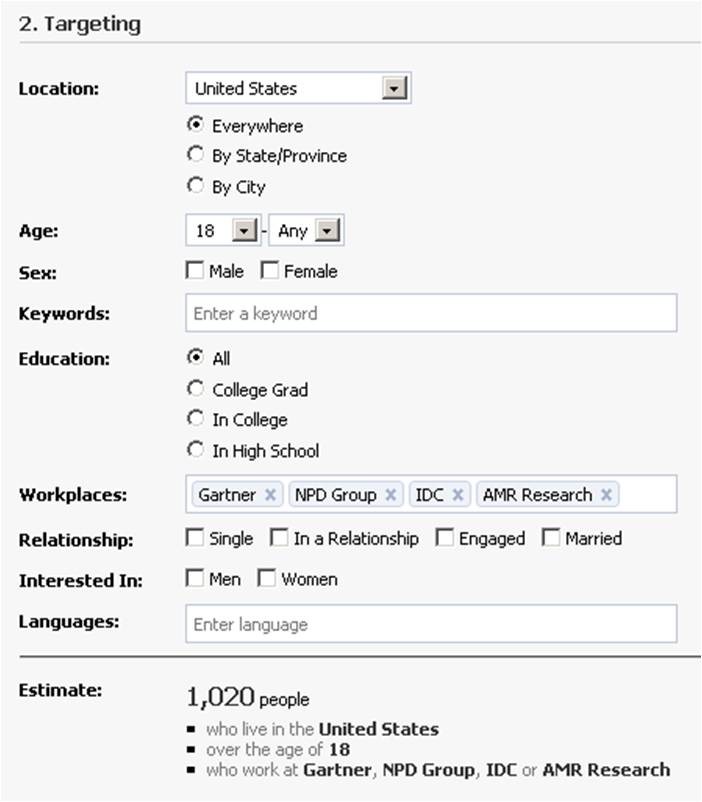It isn’t very often we think about what we buy after we leave the checkout line, but in reality consumers and retailers weave a complex dance since before—and long after—the doors of the supermarket ever open. Before leaving for home or your spring break vacation, get the inside story on the science of retailing.
It takes a complex science to plan what to sell and how to sell it. UA’s Retailing and Consumer Sciences program within the College of Agriculture and Life Sciences teaches students how to predict the wants and needs of the consumer as well as plan out how to meet that demand.
“Retailing and consumer sciences covers a broad range of business activities such as how the business is made and how the business or product is marketed,” explained Anita Bhappu, associate professor in family and consumer sciences. “Consumer Sciences refers to the consumer psychology that is fundamental to product and consumer loyalties.”
No one can perfectly deduce what people are going to need next week, but researchers can predict trends in consumer behavior to try and estimate how they may act. But it takes much more than just knowledge to sell a product.
“Retail is a verb which means that it is a working process to make sure an enterprise runs smoothly,” Bhappu said. “Retail is marketing, managing the supply chain to keep costs down and the management of money and employees. These are key processes that make up a successful enterprise.”
While there are many elements that go into a product, consumers are most directly affected by advertising and marketing.
RELATED: Political polling: A user’s guide
Before the rise of the internet and digital marketing, consumers were forced to watch whatever ad came on television or the radio. In a way, this made it easier for advertisers, who could create one advertisement and people would hear it no matter what. On the other hand, companies were forced to make the advertisement broad enough to appeal to multiple demographics.
Then, in the ’90s, the internet changed the game.
“Social media and the Internet has created more fragmented markets, which means that we get more diversity in our products for the many niche groups,” said Caleb Warren, assistant professor of marketing in the Eller College of Management.
With companies like Google and Facebook using cookies and browser data to track the websites and pages you visit alongside your online shopping tendencies, these tech giants are able to create a personal algorithm that will filter what advertisements you see online. In short order, companies have become able to target incredibly specific niche groups, including variables such as age, gender and even personal interests.
This doesn’t mean that mass-appeal ads have gone by the wayside.
RELATED: Experts weigh in on the science and economics of oil pipelines
Warren explained that “companies will still pay millions of dollars to earn a spot in the Super Bowl because a large amount of people will be watching no matter what and some even specifically for the advertisements.” 2017’s Superbowl LI was viewed by a record total of 172 million people within the U.S. It’s little wonder companies still care.
But although millions of people view these advertisements, success is far from guaranteed. In this year’s Kia commercial, comedian Melissa McCarthy embarked on a journey to aid environmentalists but had to settle for driving a new fuel-efficient Kia Niro.
Warren pointed out that there are two major problems with this advertisement. “It is a very funny commercial filled with comedic action but it doesn’t leave an impact on you for what the brand is and it also seemed to mock the environmentally-conscious people that it was trying to advertise to in the first place.”
Not only do brands have to be memorable, but they also have to promote their product in a positive light and avoid incensing their audience. An effective marketing campaign can determine what to sell and how to sell it. Companies must be ready to back up the impact of their message with a strong tie to their product—or like McCarthy’s Kia commercial run-in with a rhino, risk being steamrolled by an unconvinced public.
Follow Malik Shelp on Twitter.















